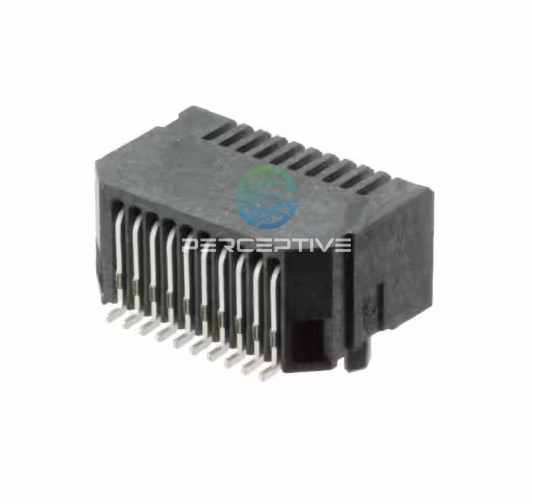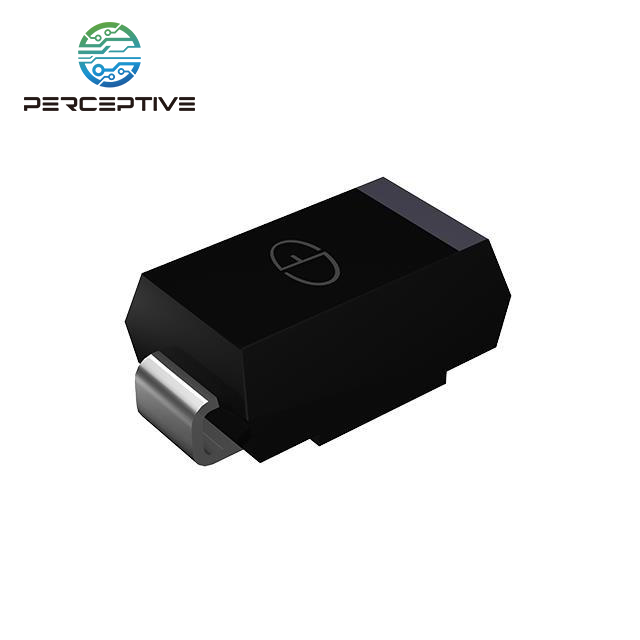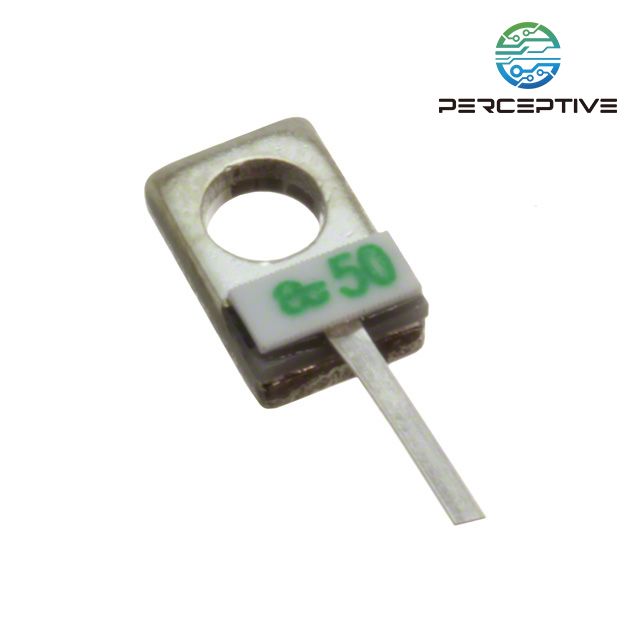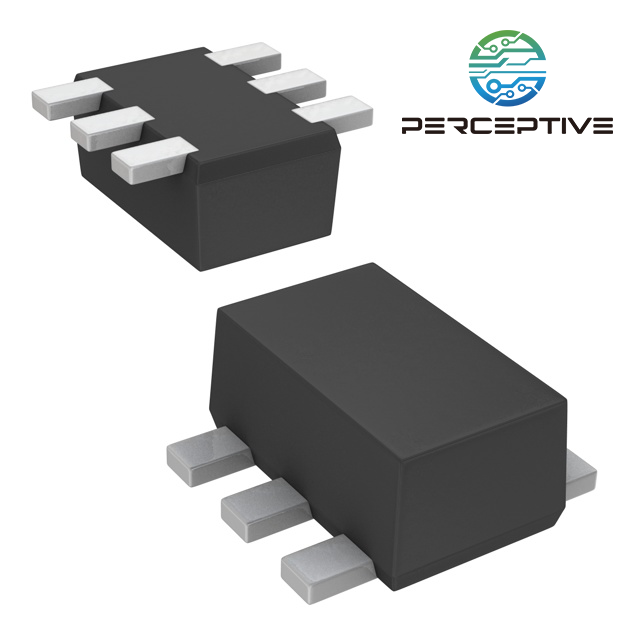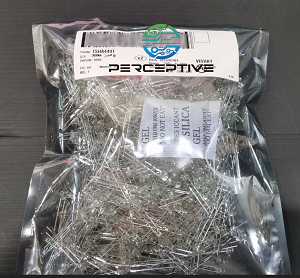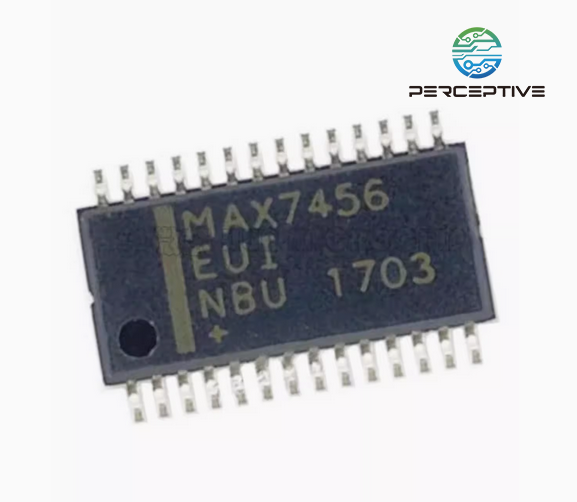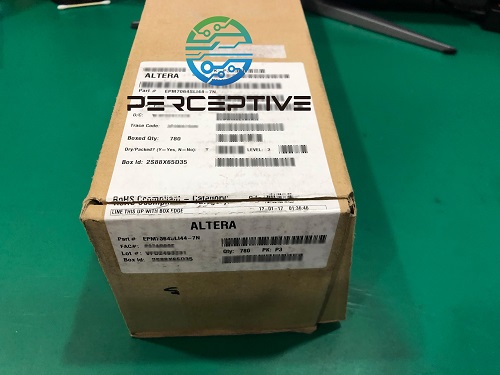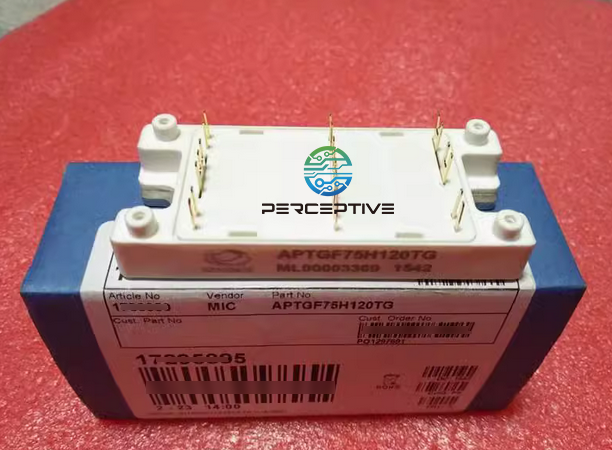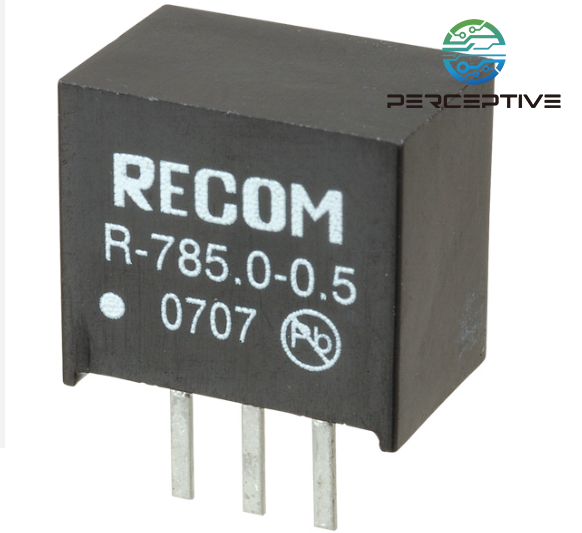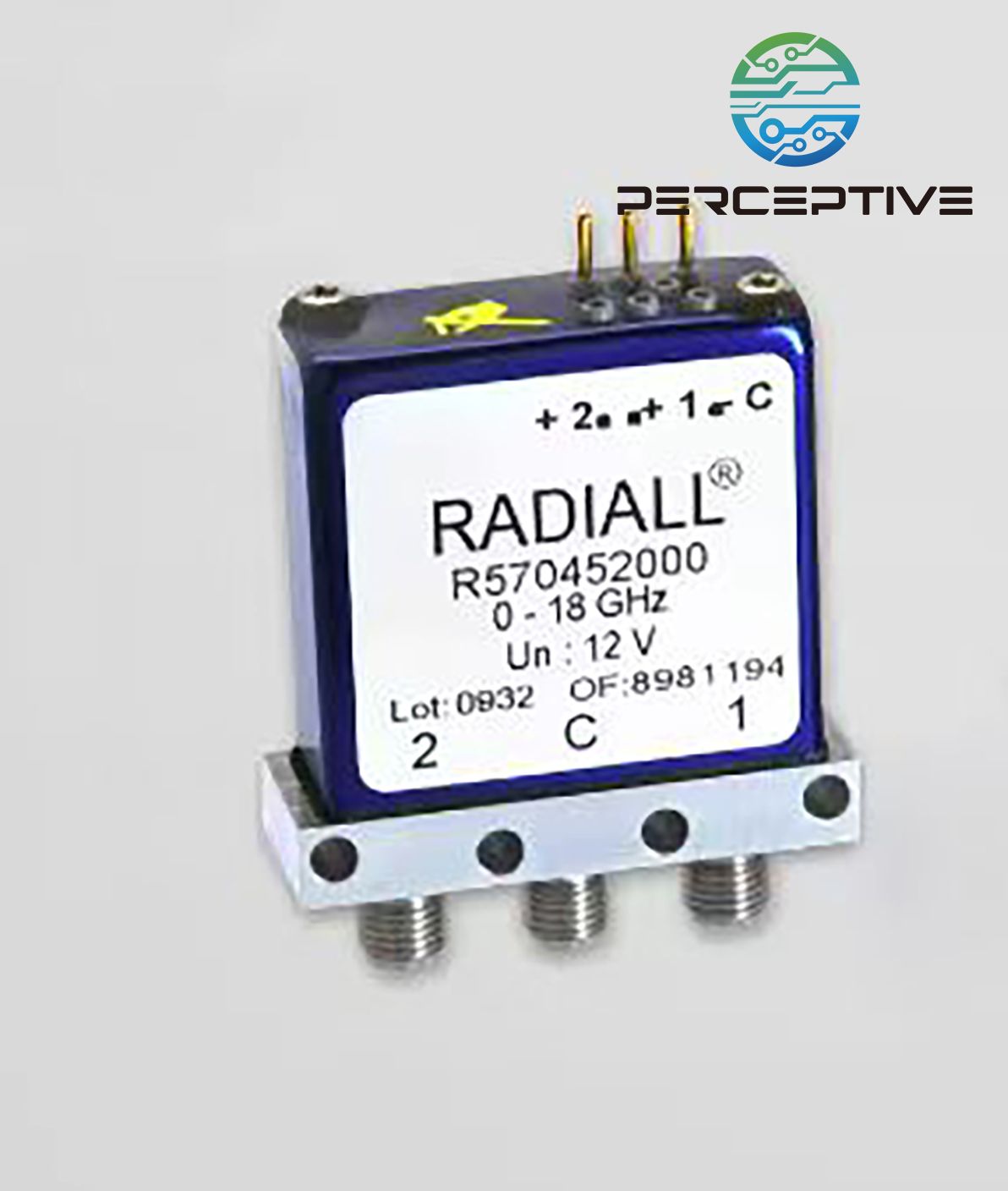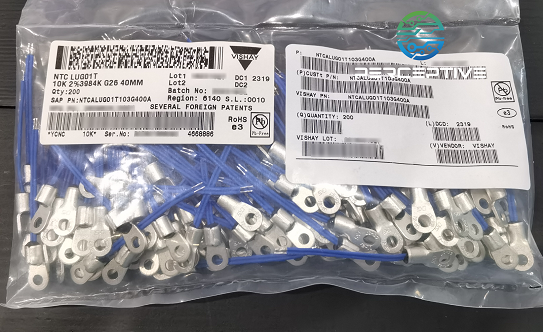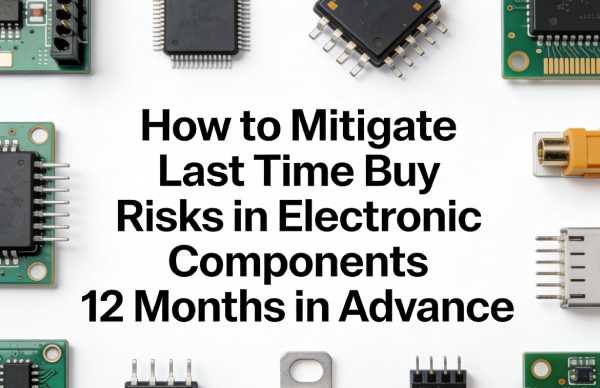In the electronic components industry, managing long-tail inventory has become a decisive factor in operational efficiency and profitability. Long-tail parts — the thousands of low-demand, slow-moving SKUs that represent a small portion of total sales but a large share of total items — are no longer minor details. In today's post-pandemic market, where supply fluctuations, lifecycle changes, and customer-specific demand dominate, a well-defined long-tail inventory strategy is essential for reducing capital lock-up and ensuring long-term supply resilience.
1. Redefining Long-Tail Inventory Through Value and Risk
Traditional ABC classification — based only on volume or value — fails to capture the strategic importance of many long-tail items. Instead, companies should evaluate each part based on risk and value contribution:
Operational Criticality: How severe would the impact be if this part is unavailable for several weeks?
Lead Time and Sourcing Risk: Is it single-sourced, obsolete, or on a long lead time?
Customer Dependency: How many customers or production lines rely on this part?
This combined assessment enables setting differentiated service levels — minimizing stock for non-critical parts while protecting high-risk items essential for repairs or production continuity.
2. Smarter Forecasting for Intermittent Demand
Long-tail items rarely follow consistent demand patterns. Conventional moving average or exponential smoothing methods often lead to either overstocking or shortages. Instead, companies should adopt intermittent demand forecasting models such as Croston's method or machine learning ensembles that include signals from:
Customer order history
Maintenance or repair frequency
Lifecycle notifications from manufacturers
By integrating these predictive factors, distributors can significantly improve forecast accuracy and reduce both stockouts and excess inventory for rarely ordered SKUs.
3. Strategic Inventory Pooling
Another effective tactic is inventory pooling — consolidating similar parts across locations or customer groups. This helps reduce overall safety stock while maintaining service levels.
Examples include:
Regional pools for fast access to shared service parts.
Vertical-specific pools (for automotive, medical, or telecom customers).
A "hot-cold" model also works well: store high-risk items locally for immediate dispatch, while low-frequency items stay centralized in a regional or global warehouse.
4. Flexible Ownership and Replenishment Models
Long-tail inventory often ties up significant working capital. Flexible replenishment and ownership models help balance responsibility across the supply chain:
Vendor Managed Inventory (VMI): Suppliers handle replenishment based on agreed min/max levels.
Consignment stock: Inventory is stored at customer sites but owned by the distributor until usage.
Buyback programs: Agreements with manufacturers to return or remarket unused excess.
These approaches lower the distributor's financial burden while maintaining part availability for customers.
5. Micro-Fulfillment and Dropshipping
For ultra-low-velocity items, it's inefficient to stock across all locations. Instead, use micro-fulfillment centers near customer clusters and leverage OEM dropshipping for rare parts.
This model reduces storage costs while offering predictable delivery timelines — especially when clearly communicated through online platforms or procurement portals.
6. Lifecycle and Secondary Market Management
Long-tail parts often include end-of-life (EOL) or legacy components still needed for equipment maintenance. Building a structured lifecycle management program can turn this challenge into opportunity:
Publish early EOL alerts and cross-reference substitutes.
Offer last-time-buy options and refurbishment services.
Establish a certified secondary market for excess and obsolete parts.
This approach not only prevents unexpected production disruptions but also strengthens brand reputation as a reliable sourcing partner.
7. Data-Driven Decision Making
Combining internal transaction data with external market intelligence is critical. Integrate:
Real-time supplier lead time updates
Market pricing trends
Manufacturer lifecycle announcements
These data streams support proactive decisions, helping distributors align purchasing, inventory levels, and sales forecasting. Modern analytics platforms can even predict demand for niche parts months in advance, improving turnover and service rates simultaneously.
8. Simplify Execution with Clear Rules
Even the best models fail if daily operations can't execute them. Define straightforward operational rules for long-tail management:
Minimum order quantities per risk category
Automated reorder triggers
Scheduled monthly or quarterly reviews for phase-out or liquidation
These small process refinements prevent neglected stock buildup and maintain visibility across teams.
9. Measuring Success
A sustainable long-tail inventory strategy must be measurable. Key performance indicators include:
Working capital tied to slow-moving SKUs
Fill rate for critical low-volume parts
Forecast accuracy for intermittent demand
Turnover ratio between pooled and local inventories
Regularly reviewing these metrics helps align business goals, ensuring that inventory decisions stay both cost-efficient and customer-oriented.
Conclusion
Long-tail inventory used to be treated as "dead stock" Today, it represents a hidden asset that — when managed strategically — strengthens customer relationships and supply chain resilience. Like Perceptive Components, combining intelligent forecasting, flexible ownership models, and real-time data visibility transforms long-tail management from a burden into a competitive advantage. In an industry where every component counts, mastering the tail ensures the whole supply chain remains agile and profitable.

